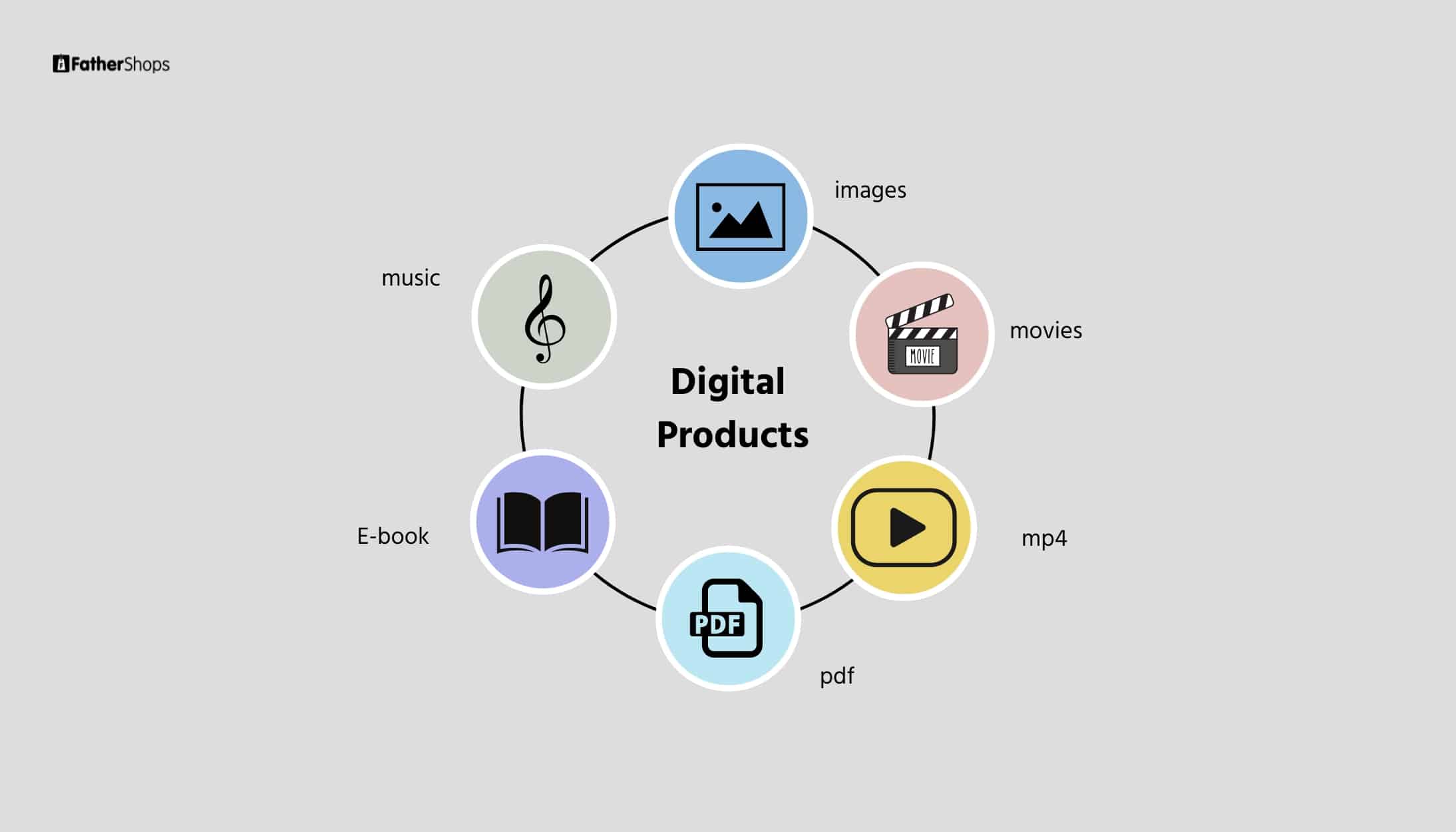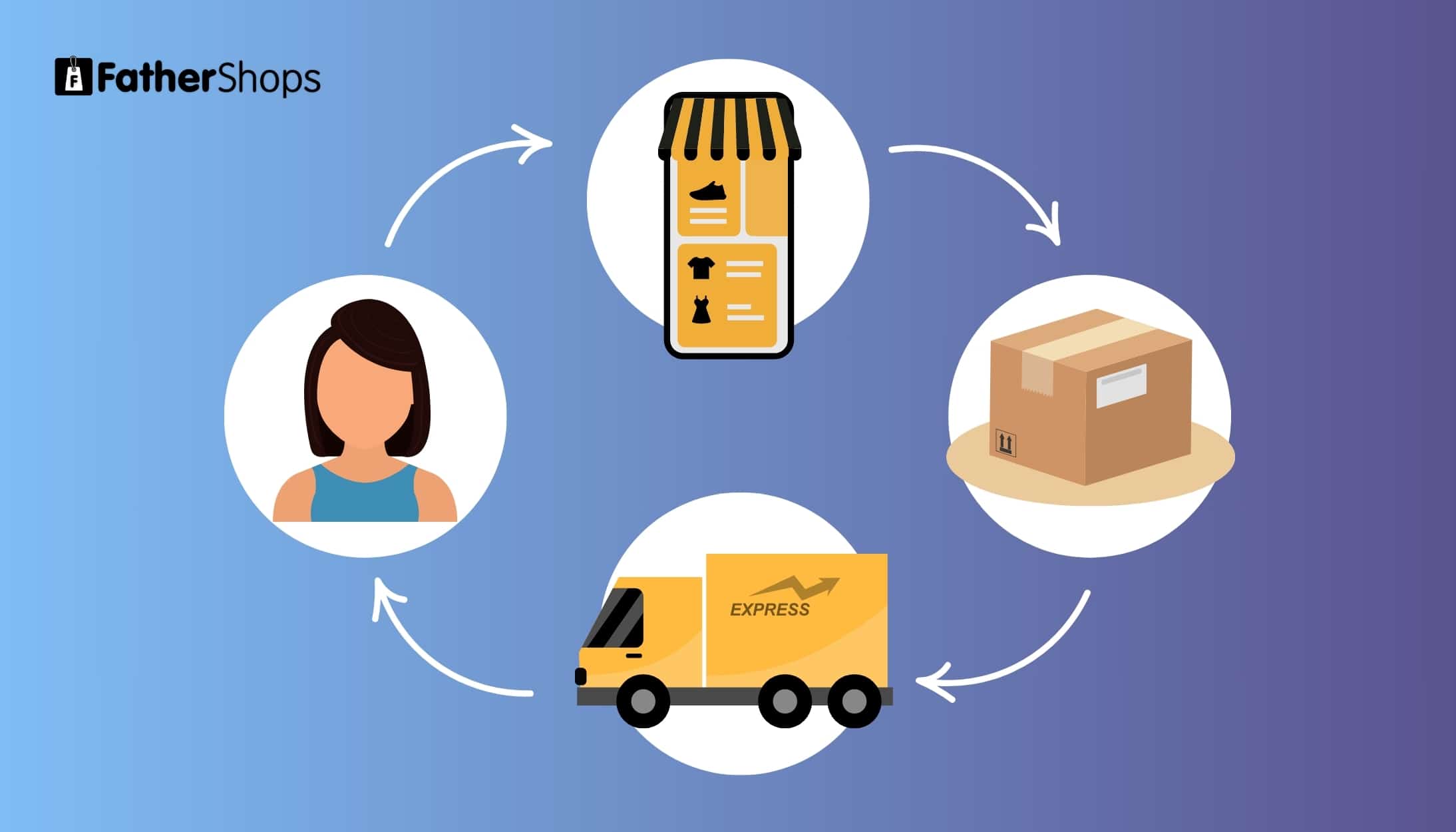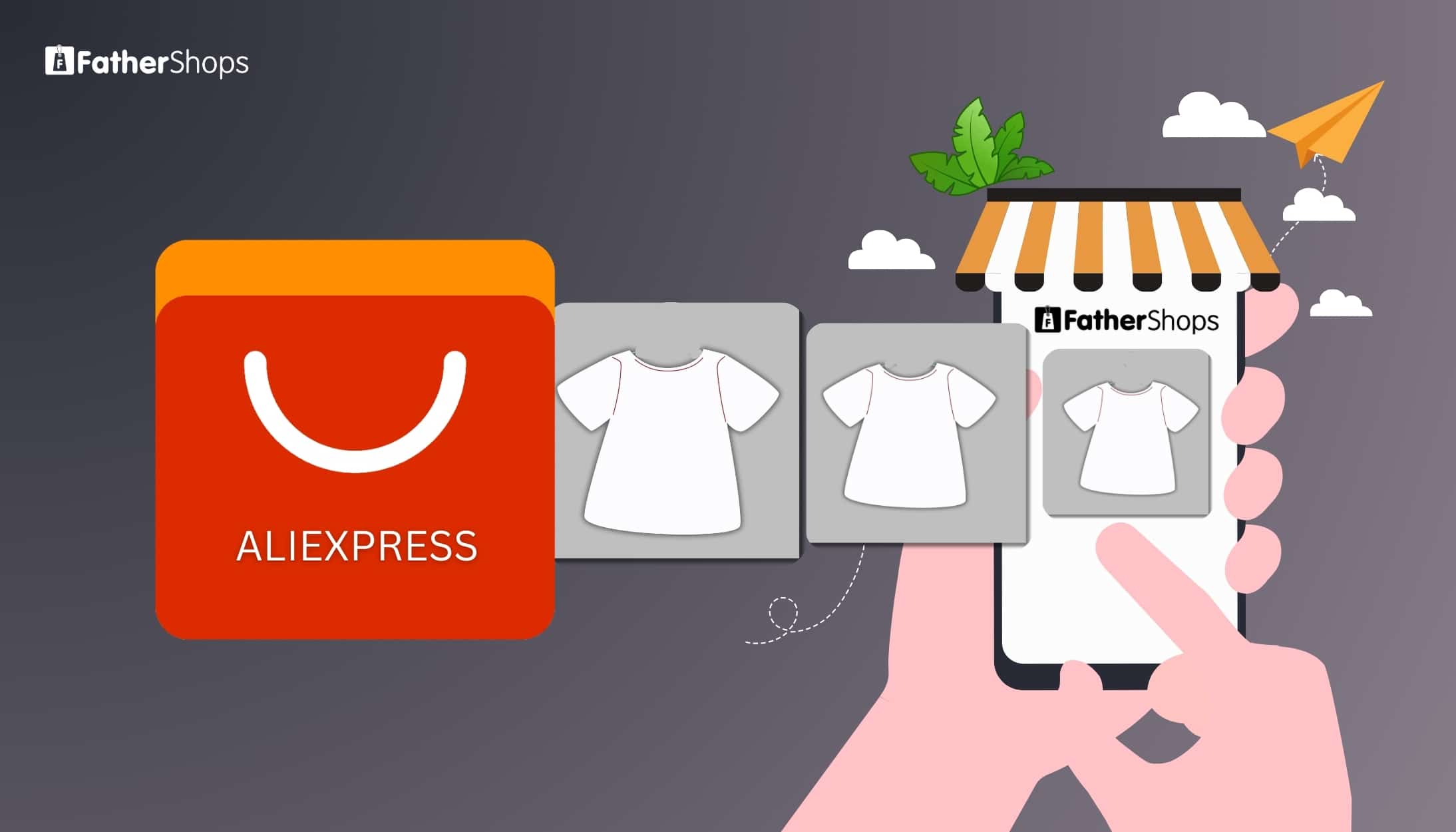ble of Contents
- Why is ecommerce important
- Define Your Niche and Understand Your Product
- Choose Your Product Line Wisely
- Carve Out Your Brand Identity
- Register Your Business With Authority
- Choose The Right Ecommerce Platform
- Build Your Online Storefront
- Optimise Your Site For Search Engine
- Announce Your Presence To the World
- FAQs
In the ever-evolving landscape of e-commerce, the dream of establishing a thriving online store beckons many aspiring entrepreneurs. Whether you’re envisioning a platform for unique handmade treasures or contemplating a wholesale, dropshipping venture, or want to open online store, the key to success lies in meticulous planning and strategic execution.
Why is Ecommerce important?
In recent years, e-commerce has become an indispensable part of daily life, revolutionising the way we shop. The traditional offline shopping experience has given way to the convenience and accessibility offered by online platforms. This shift is propelled by the ease of exploring a wide range of products with just a few clicks, eliminating the constraints of physical location. The expansive variety of goods available online, coupled with the time efficiency it affords, has solidified the prevalence of e-commerce in modern consumer habits. The fashion of shopping has unmistakably moved from brick-and-mortar stores to the virtual realm, reflecting the evolving preferences of a digitally connected society.
Embarking on Your ECommerce Journey
Launching an online store involves more than just selling products; it’s about crafting a unique brand identity and fostering a seamless shopping experience. Let’s navigate through the essential steps that can transform your e-commerce dreams into a reality.
1. Define Your Niche and Understand Your Audience
Unveiling Profitable Niches
Choosing a niche is not just about selecting what you love; it’s about finding the sweet spot where passion meets profitability. Dive into your interests but don’t neglect the market demand. Consider the feasibility of production costs and shipping expenses. A profitable niche is the cornerstone of a sustainable online store.
Connecting with Your Audience
Understanding your audience is as crucial as defining your niche. Tailor your products to meet their interests and ensure a smooth purchasing journey. Don’t just ask for opinions; seek insights from those within your target audience to refine your offerings.
2. Choose Your Product Line Wisely
Curating a Compelling Product Range
The product line is the heartbeat of your online store. Strike a balance between diversity and thematic cohesion. Evaluate market demand, competition, and the uniqueness of your offerings. Quality assurance is non-negotiable; source products from reliable suppliers and prioritise excellence.
Crafting Your Unique Selling Proposition
If you’re entering a market with popular products, differentiate yourself. Explore ways to improve existing products or offer a unique value proposition. Your online store should be the go-to source for a particular product, and that distinction starts with a thoughtful product line.
3. Carve Out Your Brand Identity
Naming Your Business
Choosing a brand name is an art. It’s more than just a label; it’s a representation of your business’s essence. Consider domain availability and aim for cohesion between your business name and domain. Your brand name is the first impression you’ll leave on your customers.
Designing Memorable Brand Assets
Visual elements, especially your logo, are the face of your brand. Collaborate with designers or leverage user-friendly platforms like Canva to create a compelling logo. Consistency in visual elements fosters brand recognition.
4. Register Your Business with Authority
Navigating the Legal Landscape
Registering your business is not just a formality; it’s a strategic move. Obtain an Employer Identification Number (EIN) to process payments. Small businesses often opt for a Limited Liability Company (LLC) structure, providing personal asset protection. The legal protection ensures a solid foundation for your online venture.
Streamlining with Business Registration Services
Navigating state-specific registration procedures can be daunting. Streamline the process by utilising business registration services like Zen Business or AKM Global. These services provide expertise and ensure compliance with legal requirements.
5. Choose the Right E-Commerce Platform
Navigating the Platform Landscape
Choosing an e-commerce platform is akin to selecting the storefront of your dreams. Squarespace, Fathershops, and Square offer distinct features. Evaluate based on your budget, technical proficiency, and long-term goals.
Each platform has its unique strengths. Squarespace caters to web design beginners, Fathershops excels in dropshipping, and Square offers budget-friendly options. Compare costs, features, and transaction fees to find the perfect fit for your business needs.
6. Build Your Online Storefront
Crafting Your Digital Space
The transition from choosing a platform to building your online store is a thrilling phase. Whether you’re on Squarespace, fathershops, or Square, the basic steps involve creating an account, selecting a domain, choosing a template, and personalising your store with your business name and logo.
Optimising the Customer Experience
Customise your homepage and product pages to offer an intuitive and engaging experience. Set up a secure payment processor and configure essential settings such as tax and shipping calculators. Your online storefront is not just a digital space; it’s an extension of your brand.
7. Optimise Your Site for Search Engines
Unleashing the Power of SEO
Once your online store is live, optimising it for search engines becomes imperative. Title tags, meta descriptions, and strategic use of H tags contribute to better search visibility. Properly tagging images adds another layer of optimization.
Enhancing Content Hierarchy
Craft a clear hierarchy with descriptive H tags. These not only aid in SEO but also guide users through your site seamlessly. Image optimization ensures that every visual element contributes to your online visibility. If you want to create a strong online presence then you have to understand the importance of SEO.
8. Announce Your Presence to the World
Strategies for Effective Marketing
The final step is to let the world know about your online store. Leverage online directories, collaborate with influencers, and utilise online advertising platforms like Google Ads or Facebook Ads. A robust content marketing strategy enhances organic growth, and active social media engagement fosters a community around your brand.
Diversifying Your Marketing Arsenal
Consider referral or loyalty programs for customer retention. Explore word-of-mouth marketing and affiliate programs to extend your reach. Your marketing strategy should be as diverse as your product offerings.
Your E-Commerce Journey Begins
Congratulations, you’ve traversed the intricacies of starting an online store. This is not just a business; it’s an adventure. As you embark on your ecommerce journey, remember that adaptability, customer engagement, and a passion for your niche are the keys to sustained success. Your online store is not just a digital entity; it’s a manifestation of your entrepreneurial spirit. Happy selling!
Read More
- Learn How to Build an SEO-Optimized eCommerce Website
- Step-by-Step Guide to Start Your Own eCommerce Business
- Checklist to Launch Your eCommerce Business Successfully
- Find the Best eCommerce Platforms for Your Business
- Understand the Dropshipping Business Model and Its Benefits
- Explore Different eCommerce Business Models for Success
- Follow this Complete SEO Checklist to Boost Your eCommerce Store
- Enhance Your SEO with Smart Social Media Marketing Strategies
- Discover Proven Ways to Increase Your eCommerce Sales
- Improve Your eCommerce Customer Service for Better Retention
FAQs
Q1: How do I pick what to sell online?
A: Think about things you really enjoy or know a lot about. It could be a hobby or something you use in your daily life. Check if there are other people who might want these things too. You can ask friends, look online, or check social media to see what’s popular.
Q2: What legal stuff do I need to start my online store?
A: When starting your online store, it’s important to make it official. This means choosing a name for your store and registering it. You might also need to get some permits or licences depending on where you live. Make sure to follow the rules for your area to avoid any problems later on.
Q3: How can I make a cool brand name and logo?
A: Coming up with a brand name is fun! Think about words or ideas that represent your store. If you’re not sure, ask your friends for ideas. Once you have a name, you can hire a designer to create a cool logo. A logo is like a special picture that people will remember your store by.
Q4: Which website is best for beginners to make a store?
A: Don’t worry if you’re not a computer expert. There are websites like Fathershops, WooCommerce, and BigCommerce that are made for people just like you. They are easy to use and help you set up your store without needing to know a lot about technology.
Q5: Can I build a website if I’m not good with computers?
A: Absolutely! If the idea of building a website sounds hard, you can use tools like Fathershops. They guide you step by step, making it easy. If you want something special, you can also hire a web developer to help you.
Q6: How do I get more people to find my store on Google?
A: When people search on Google, they use certain words. Try to use those words on your website. This helps Google understand what your store is about. Also, make sure to update your website regularly with new things you have in your store.
Q7: What’s the best way to tell people about my store after it’s open?
A: Social media is your friend! Use Facebook and Instagram to show off your products. You can also collect email addresses from your customers and send them updates about your store. The more people see your stuff, the more they’ll want to check out your store.
Q8: What do I need to do to keep my store running smoothly?
A: Keep things fresh by adding new products or features. Check your website regularly to make sure everything works well. And when customers have questions, try to answer them as quickly as you can. Happy customers keep coming back!





